Archive
2021
KubaParis
The Odradek-Effect (Material Narratives)
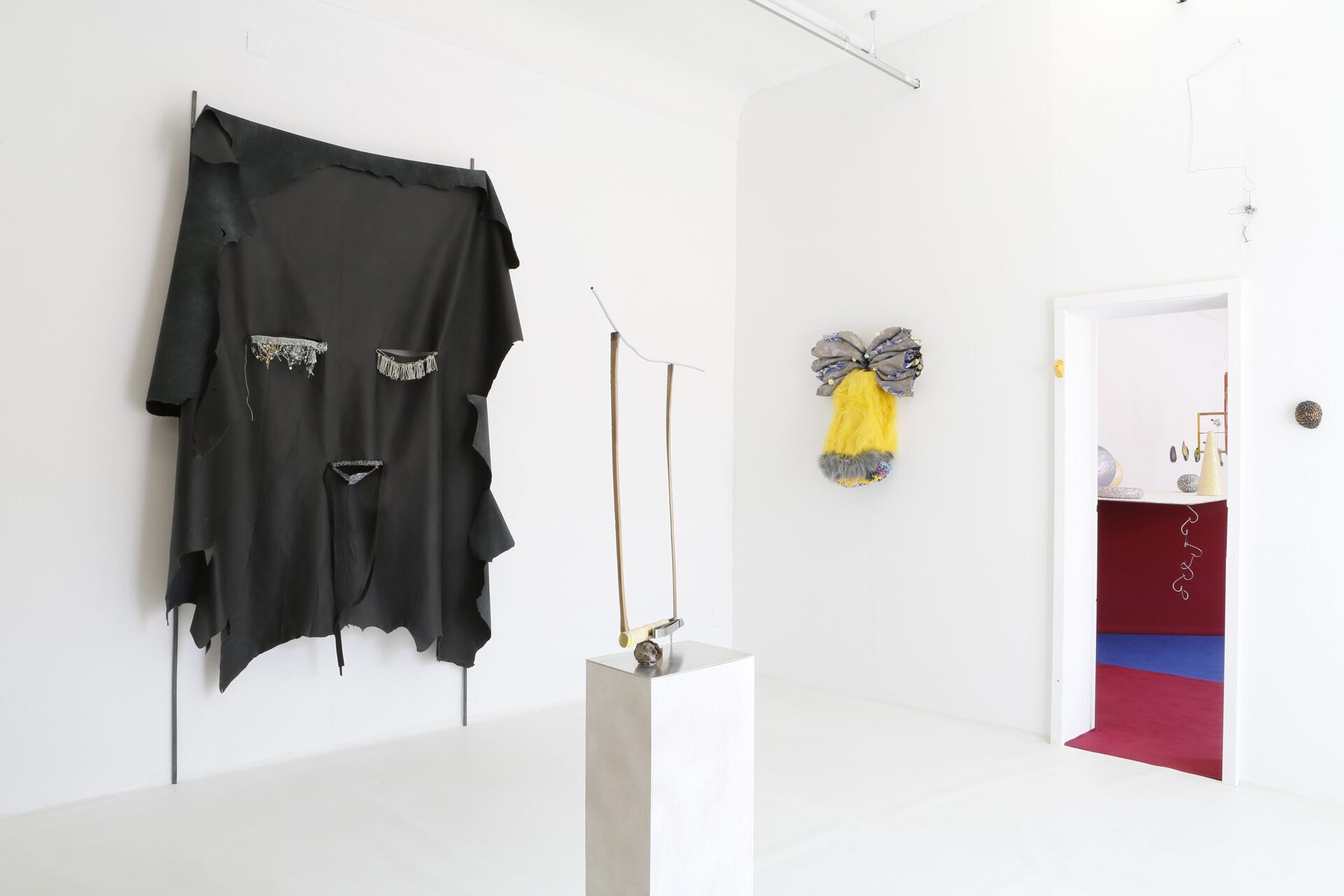
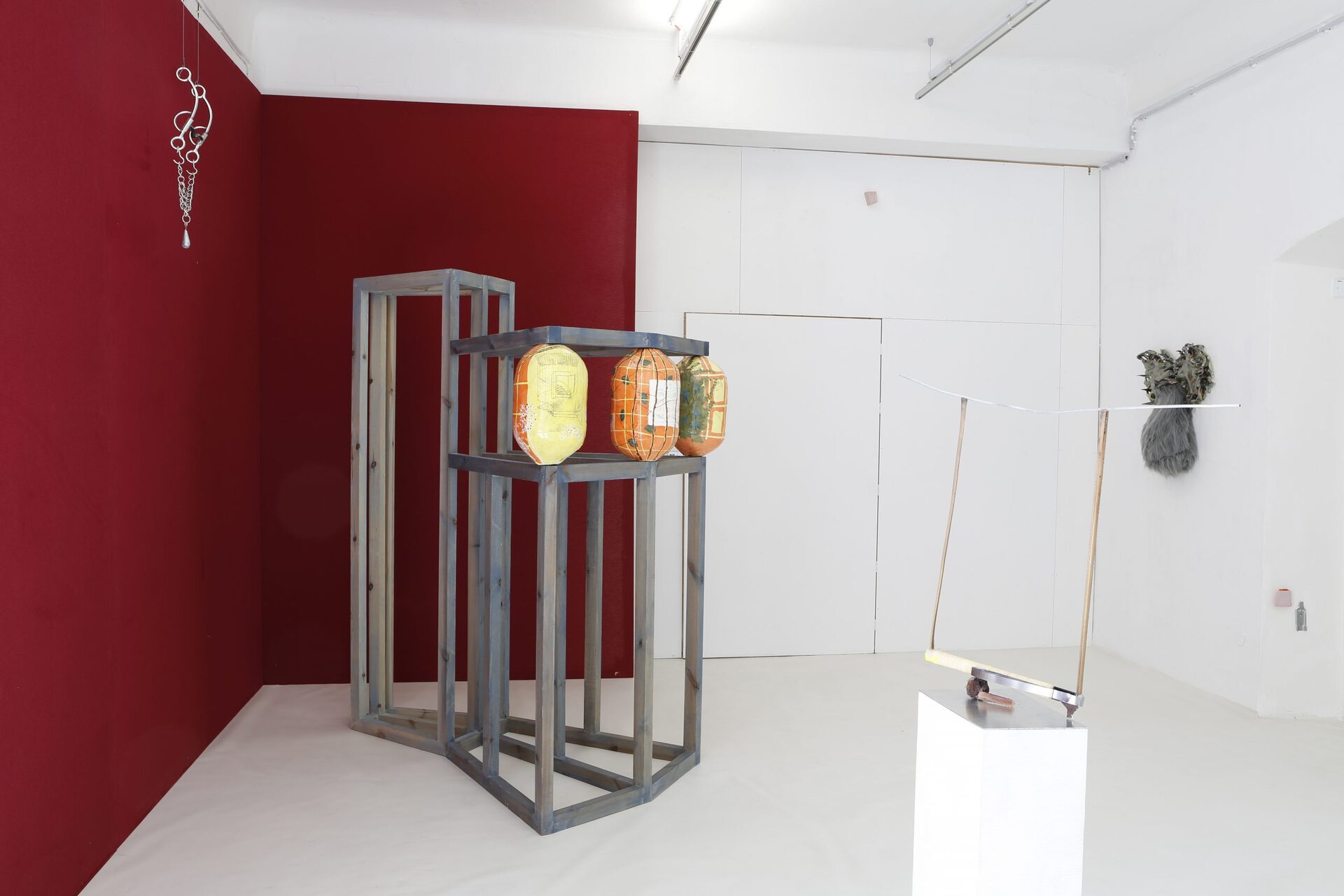
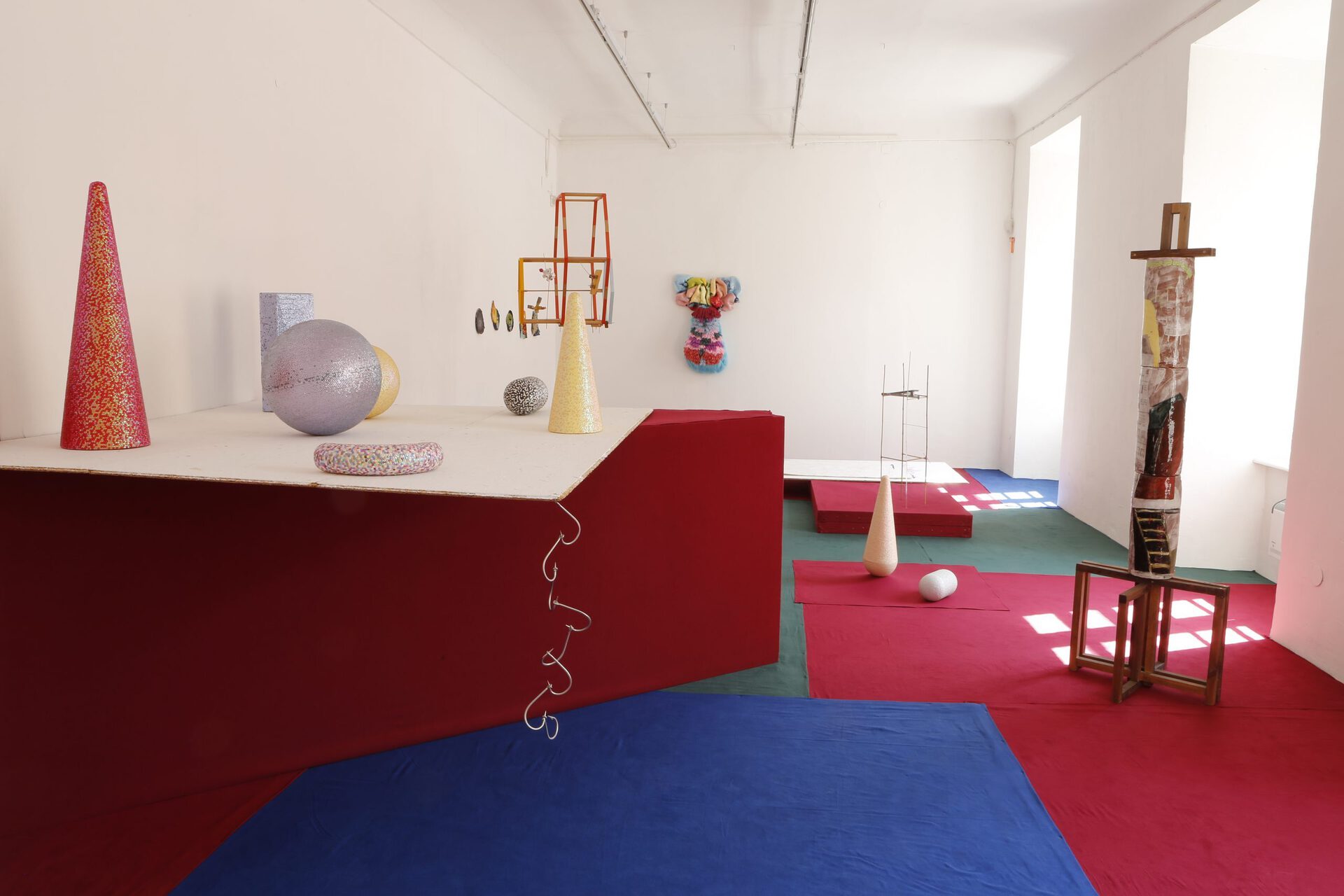
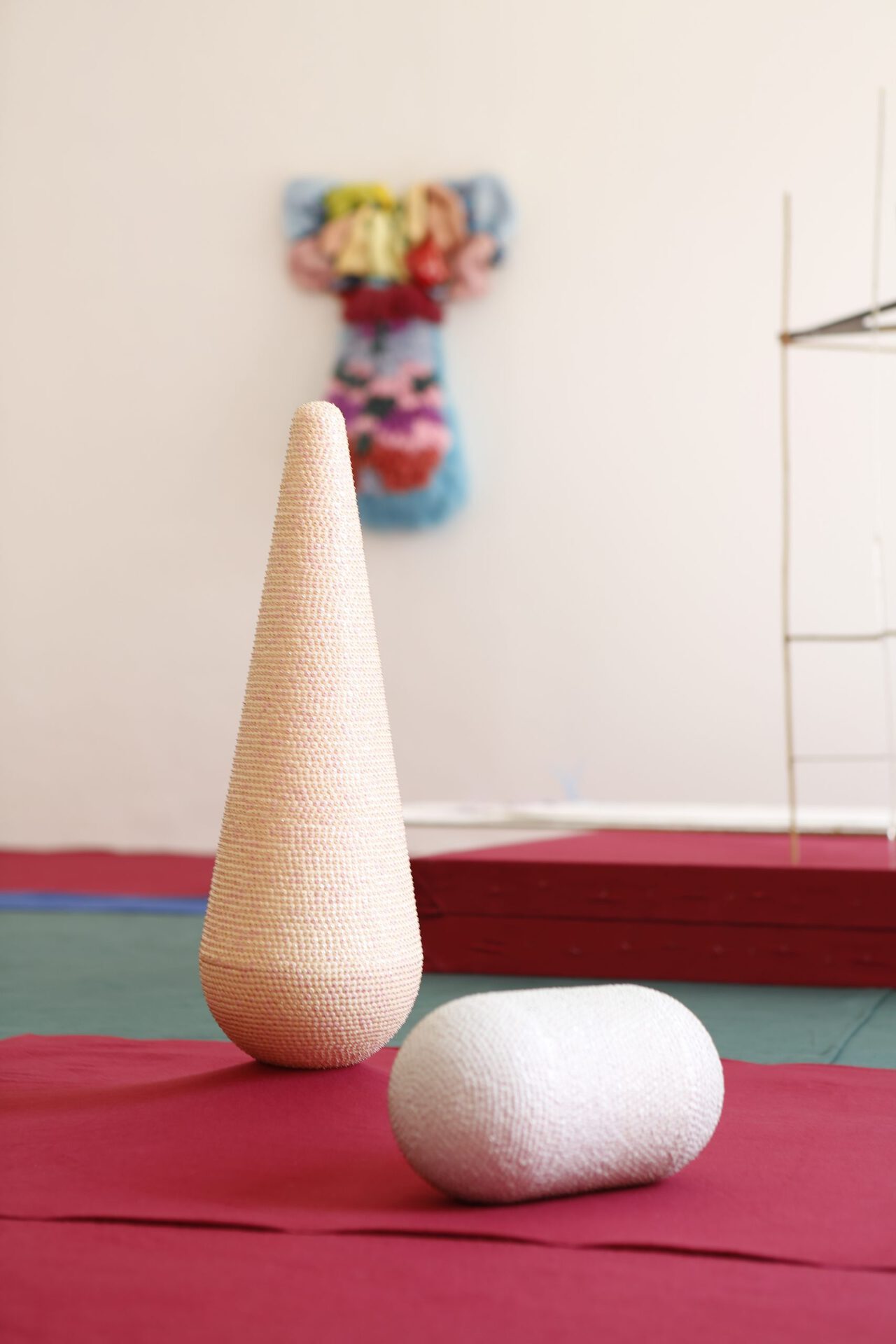
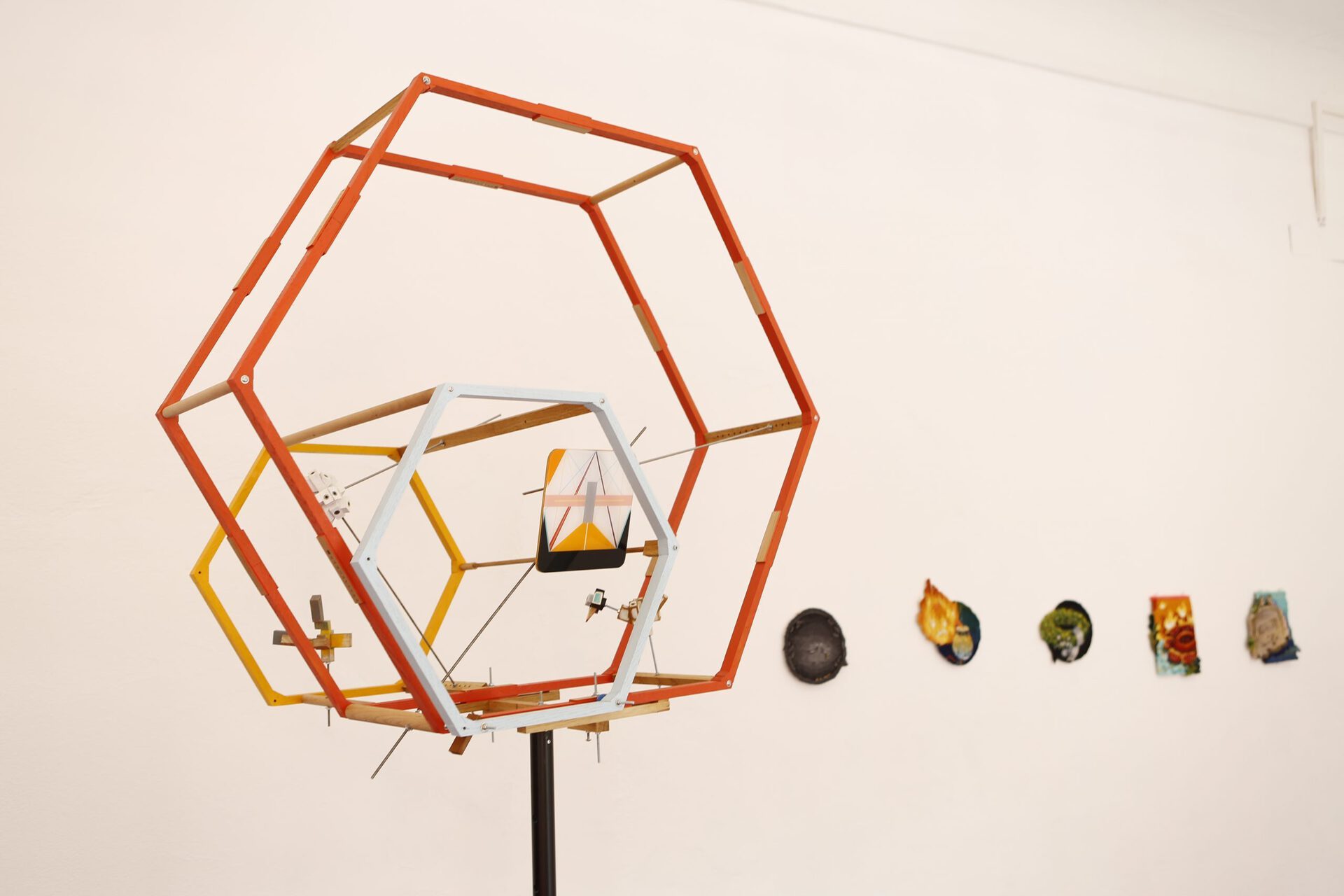

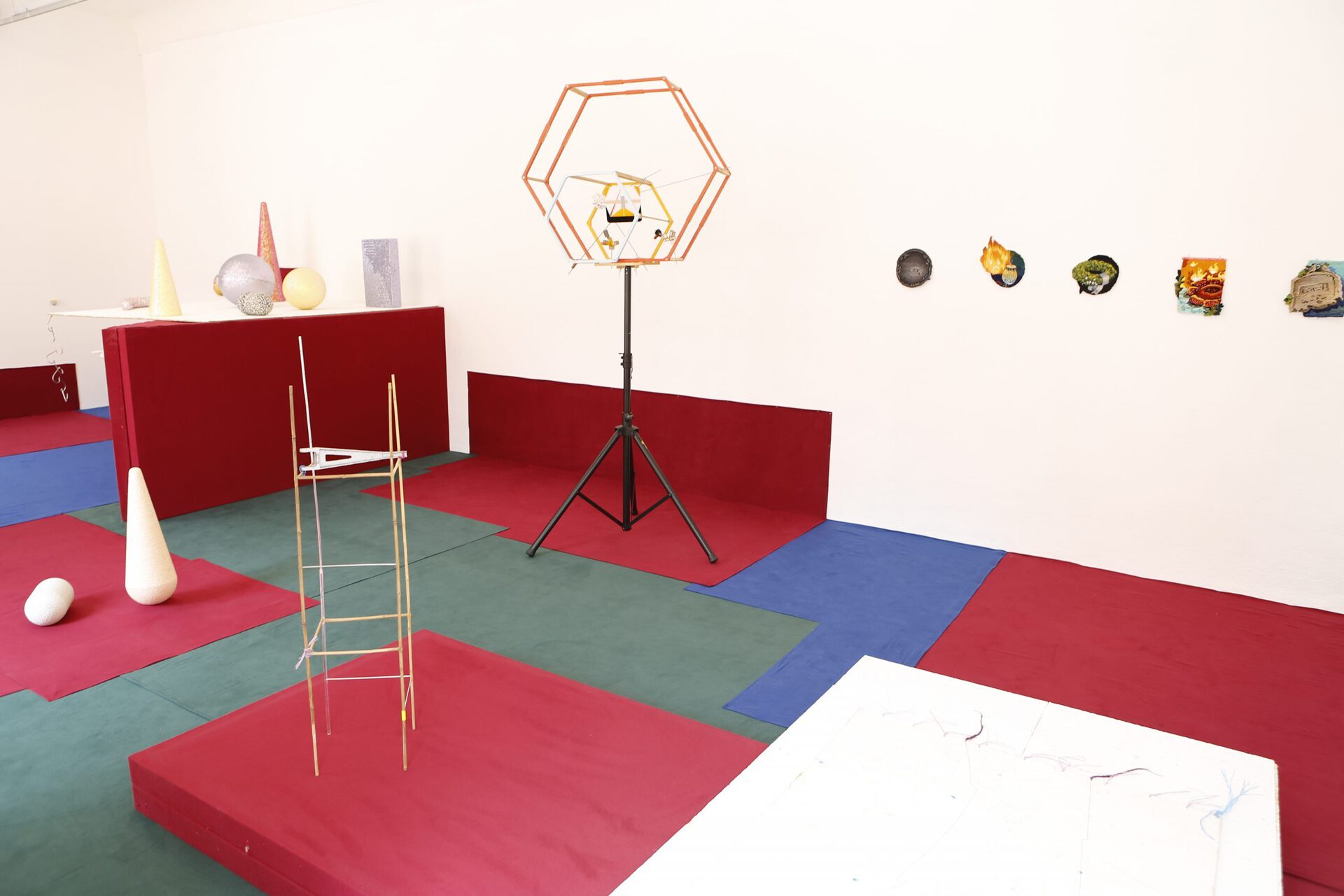


Location
Kunstverein EisenstadtDate
24.04 –26.06.2021Curator
Barbara HorvathPhotography
Alfredo BarsugliaSubheadline
Presented by Kunstverein Eisenstadt the exhibition series “Material Narratives” assembles works by artists from Austria and abroad that are primarily determined by materiality. The objects and things on display will often not be completely functional, will not tally with an artisan’s idea of the proper material, or playfully deal with materiality and traditional craftsman’s knowledge. Everyday things are cited or transformed into hybrid products whose purpose does not seem obvious or is reduced to absurdity. They explore the qualities of surface textures that irritate and surprise, seduce to grasp them at best, and thus lunge out into “material narratives” that attempt to achieve refreshing appropriations, adaptations, and reformulations.Text
Odradek is the name of an enigmatic figure resembling a thread star card in Franz Kafka’s 1917 short story "The Cares of a Family Man". Displaying both thing-like and human characteristics, Odradek appears as an inscrutable entity composed of a multifaceted, colorful mesh of inextricably knotted pieces. The artworks on display in the exhibition "The Odradek Effect" also lead us into a world of odd things that develop a life of their own or come to life and whose function cannot be clearly fathomed. Against the background of today’s digital world, the waywardness of things takes on a new significance. Magic relationships and analog longings develop in their company. Things can be this way or that, their effect being reversible.
Stefanie De Vos’s ceramic fragments are architectural set pieces that also define the space they occupy. Emese Kádár’s hand-woven tapestries create a link between the pixel-based digital world and traditional textile stitch patterns. Ádám Kokesch builds complex constructions from recycled materials according to a precise logic and experiments with the bricolage aesthetic of dysfunctional objects. Markus Hanakam and Roswitha Schuller develop forms that combine the appeal of sequined design objects and mysterious artifacts. Made of furry, woolen, and ceramic materials, Mira Dalma Makai’s objects merge different feelings of organic vitality. Imre Nagy’s fragile compositions are assembled from everyday things whose implied function fades away in the void. Anneliese Schrenk’s works reveal the affinity of the fetishized, magical object with human culture. Oktavia Schreiner paints imaginative architectures, spaces, and landscapes on clay objects, which she combines with wooden structures to create playful objects.
Barbara Horvath